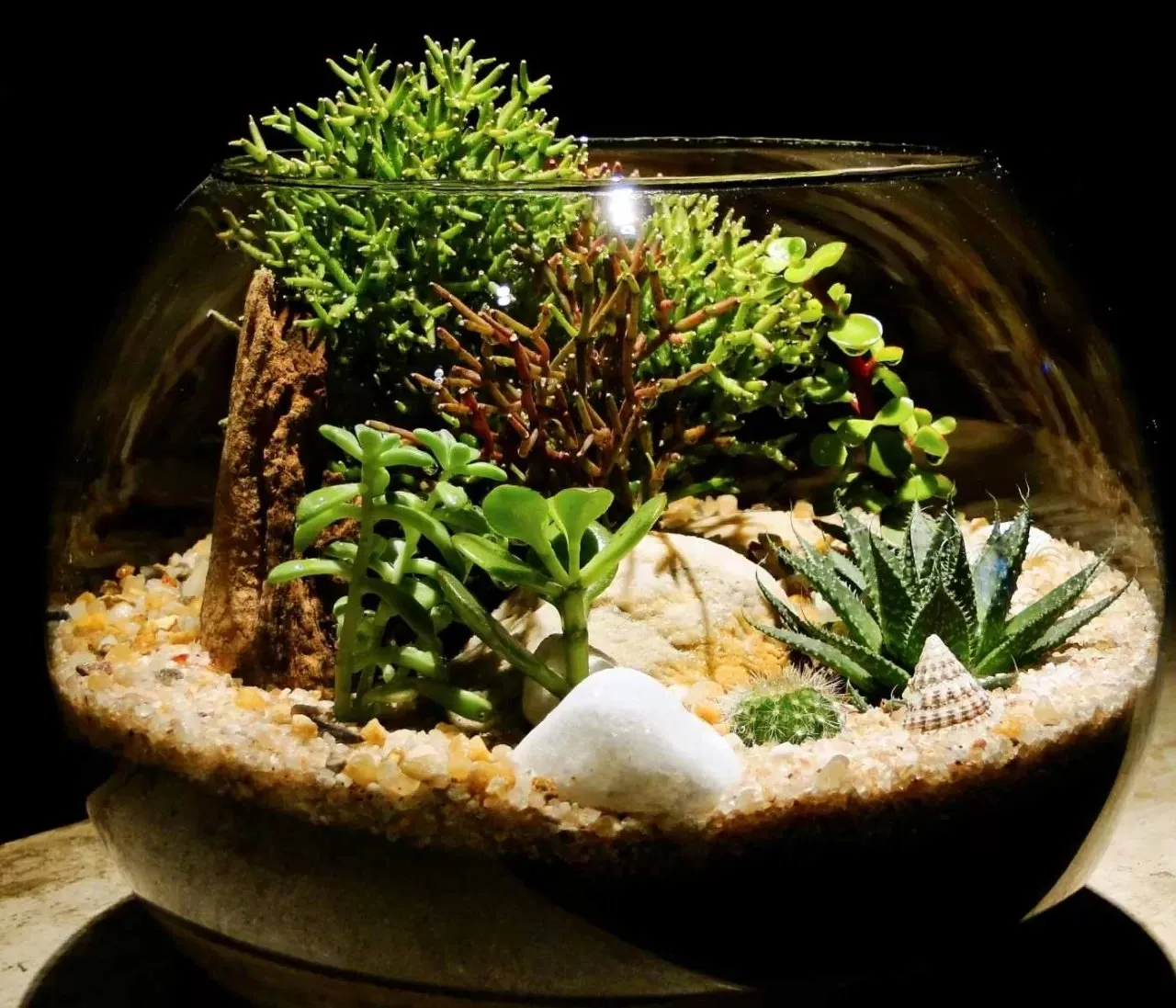Choosing the Best Tarantula Enclosure
Selecting the perfect tarantula enclosure is a crucial step in providing a healthy and enriching environment for your eight-legged friend. A well-chosen enclosure ensures your tarantula thrives, allowing it to exhibit its natural behaviors and live a long, comfortable life. There are several factors to consider, from size and ventilation to substrate and décor. This guide provides a comprehensive overview, helping you make informed decisions to create the ideal habitat for your tarantula. Understanding your tarantula’s specific needs is paramount, so always research the species you intend to keep.
Enclosure Size and Dimensions
The size of your tarantula enclosure is directly related to the size of your tarantula. A general rule of thumb is to provide a space that is at least twice the tarantula’s leg span in width and length, and the height should be enough to allow for burrowing or climbing, depending on the species. For terrestrial species, a wider enclosure is more important than height, as they typically spend their time on the ground. Arboreal species, on the other hand, require taller enclosures with ample vertical space for climbing. Consider the mature size of your tarantula when choosing an enclosure. It’s often more economical to start with an appropriately sized enclosure for the adult tarantula, even for juveniles.
Species-Specific Considerations

Different tarantula species have different needs. Terrestrial species like the Mexican Red Knee prefer horizontal space and a substrate suitable for burrowing. Arboreal species, such as the Pinktoe Tarantula, need vertical space and branches or cork bark for climbing. Research the specific requirements of your tarantula species regarding enclosure dimensions, substrate depth, and décor to ensure you’re providing an appropriate habitat. Failure to meet these species-specific needs can lead to stress and health problems for your tarantula.
Ventilation and Airflow
Proper ventilation is vital for maintaining healthy conditions within your tarantula’s enclosure. Good airflow prevents the buildup of stale air, reduces the risk of mold and bacterial growth, and helps regulate humidity levels. Enclosures should have ventilation holes on at least two sides, ideally near the top and bottom, to promote cross-ventilation. Avoid enclosures with poor ventilation or those that trap moisture, as these conditions can be detrimental to your tarantula’s health. Monitor the enclosure’s humidity and adjust ventilation as needed to maintain optimal conditions for your specific tarantula species.
Substrate Selection for Tarantulas
The substrate serves as the flooring of your tarantula’s enclosure, and its choice is critical for providing a safe and comfortable environment. The ideal substrate should allow for burrowing (for terrestrial species), help maintain humidity, and be non-toxic. There are various substrate options available, each with its own benefits and drawbacks. Research the best substrate for your specific species, taking into account their natural habitat and burrowing habits. Properly selected and maintained substrate contributes significantly to your tarantula’s overall well-being and the health of its enclosure ecosystem.
Substrate Types and Their Benefits
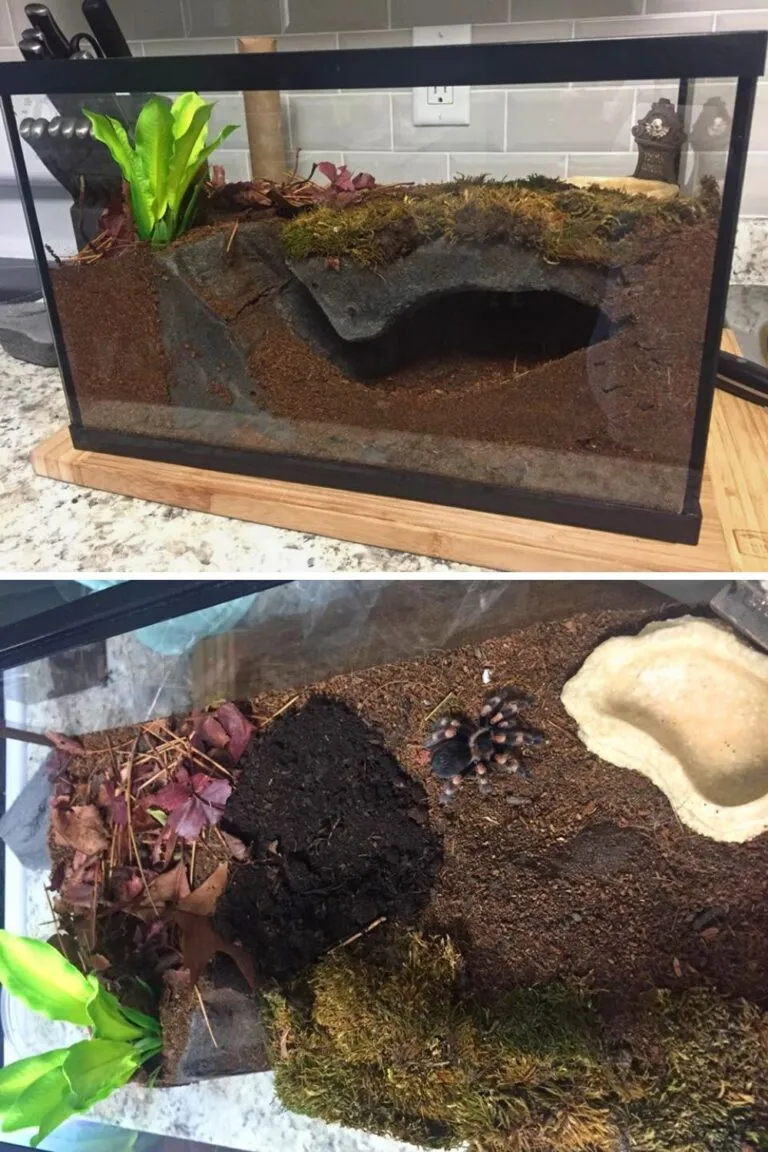
Common substrate options include: Coconut fiber (coco coir), which is excellent at retaining moisture and is a favorite among keepers. Sphagnum moss, which also excels at moisture retention and is good for humid environments. Peat moss, which is inexpensive and good for burrowing but can be messy. A mix of substrates, such as coconut fiber mixed with peat moss and a small amount of vermiculite, can provide the best of all worlds. Avoid substrates that are chemically treated or contain pesticides. Always ensure the substrate is clean and free of any potential hazards. The substrate depth should be adequate for burrowing species, typically several inches.
Maintaining Humidity Levels
Maintaining the correct humidity levels is essential for the health of your tarantula. The specific humidity requirements vary depending on the species, so research the ideal humidity range for your tarantula. You can increase humidity by misting the enclosure with dechlorinated water, adding a water dish, or using a substrate that retains moisture well, such as coco coir or sphagnum moss. Monitor humidity levels with a hygrometer and adjust as needed. Avoid excessive humidity, which can lead to mold growth and respiratory problems. Proper ventilation, as previously mentioned, plays a crucial role in regulating humidity.
Essential Decorations and Furnishings
Decorations and furnishings provide enrichment for your tarantula, helping it feel secure and allowing it to exhibit its natural behaviors. Choose decorations that are safe, non-toxic, and appropriate for your tarantula’s species and size. Avoid items with sharp edges or small parts that could pose a hazard. The right decorations make the enclosure aesthetically pleasing and provide your tarantula with essential environmental stimuli.
Hiding Places and Shelter
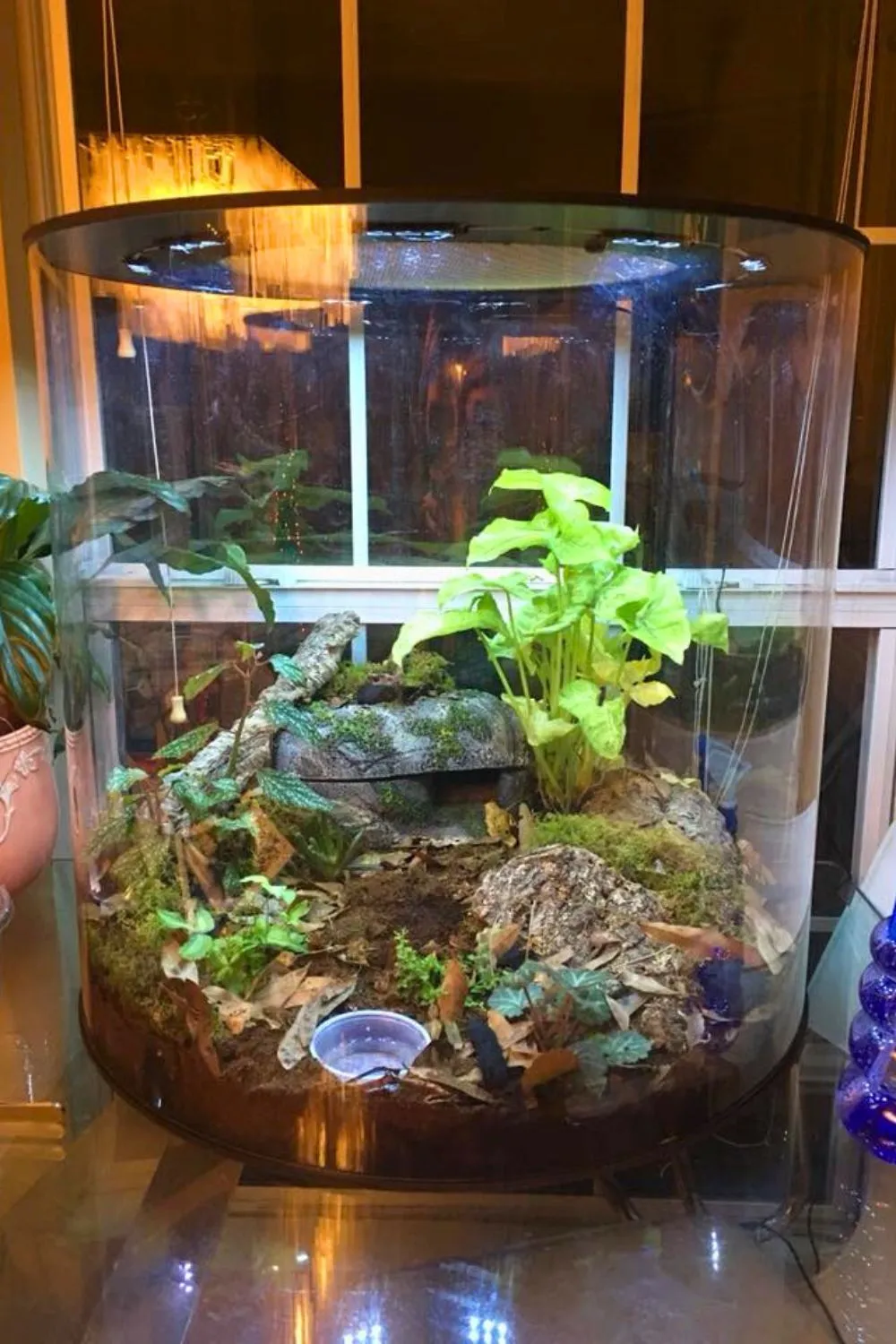
Tarantulas are naturally secretive creatures, so providing a secure hiding place is crucial. Cork bark, hollow logs, or commercially available hides are excellent options. Ensure the hide is appropriately sized for your tarantula and positioned in a way that allows it to feel secure. The hide allows the tarantula to retreat from view, reducing stress and providing a sense of security, which is essential for their overall well-being. Provide multiple hiding places to give your tarantula options.
Water Dish and Hydration
A shallow water dish is essential for providing your tarantula with a constant source of fresh water. The dish should be sized appropriately so the tarantula can easily access the water without the risk of drowning. Use a dish that is stable and cannot be easily tipped over. Refill the water dish regularly with dechlorinated water and clean it periodically to prevent the growth of bacteria. Some tarantulas will drink from the water dish, while others will obtain their water from the misting.
Temperature and Heating
Temperature plays a critical role in the health and well-being of your tarantula. Tarantulas are ectothermic, meaning they rely on external sources to regulate their body temperature. Providing the correct temperature range ensures that your tarantula can digest food properly, maintain an active metabolism, and thrive. Monitoring the enclosure’s temperature and providing supplemental heat when necessary is an important part of tarantula care.
Ideal Temperature Ranges
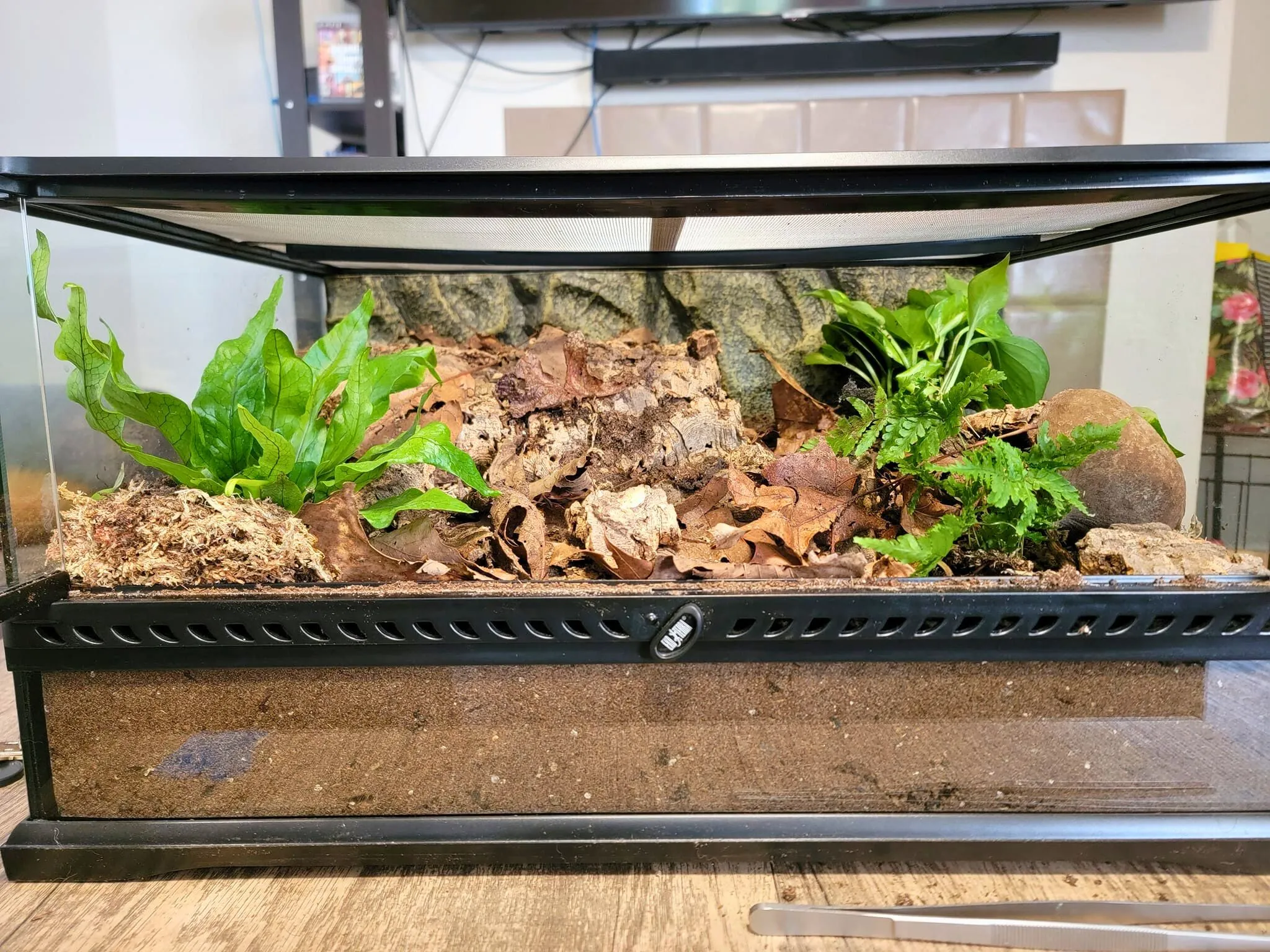
The ideal temperature range for most tarantula species is between 75°F and 85°F (24°C and 29°C). However, specific requirements vary depending on the species. Research the ideal temperature range for your specific tarantula species. Temperature can be slightly lower at night. Avoid extreme temperature fluctuations, as these can stress your tarantula. Maintaining the appropriate temperature promotes the tarantula’s health and facilitates essential biological processes.
Heating Methods and Safety
If supplemental heating is needed, there are several methods to consider. Heat mats placed on the side of the enclosure are a popular choice, but always use a thermostat to regulate the temperature and prevent overheating. Avoid placing heat mats directly under the enclosure, as this can cause the substrate to dry out excessively and potentially harm your tarantula. Ceramic heat emitters can be used to provide ambient heat, but they should be used with a thermostat and placed outside the enclosure to prevent burns. Always ensure that any heating device is used safely and is appropriate for the size of your enclosure. Regularly check the temperature with a thermometer to confirm correct operation and safety.
Monitoring Your Enclosure
Regular monitoring is essential for maintaining a healthy environment for your tarantula. Observe the enclosure daily for any changes in conditions, such as humidity, temperature, and substrate moisture. Regular checks will help you identify potential problems early and make necessary adjustments to ensure your tarantula’s well-being. Keeping detailed records of these conditions can be helpful for long-term management and identifying trends.
Using a Thermometer and Hygrometer
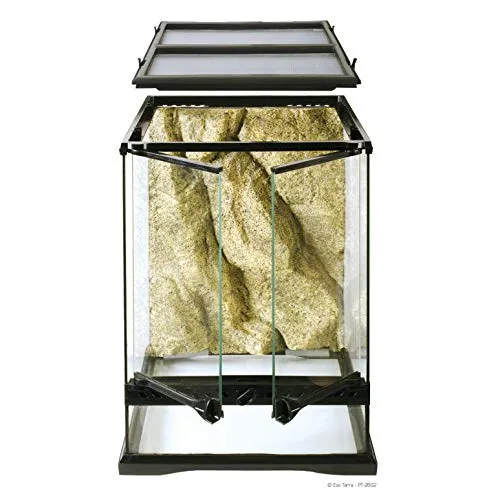
A thermometer and hygrometer are essential tools for monitoring the temperature and humidity levels within your tarantula’s enclosure. Place the thermometer and hygrometer in a location where they are easily visible and provide accurate readings. Digital thermometers and hygrometers are generally more accurate and easier to read than analog ones. Regular monitoring of these instruments will help you maintain the optimal conditions your tarantula needs to thrive. Place the thermometer and hygrometer at the level of the tarantula’s primary living space.
Regular Enclosure Maintenance
Regular maintenance is crucial for keeping your tarantula’s enclosure clean and healthy. This includes spot cleaning, replacing the substrate, and addressing any potential issues such as mold or pests. A clean enclosure not only keeps your tarantula healthy but also enhances its appearance and makes it a more enjoyable experience to observe your spider. Proper maintenance is a key factor in the longevity and well-being of your tarantula.
Cleaning and Spot Cleaning
Spot cleaning should be performed regularly, typically once or twice a week, or as needed. Remove any uneaten food, molted exoskeletons, and feces. Clean the water dish and refill it with fresh water. Complete enclosure cleaning, including a substrate change, should be performed as necessary, generally every few months, or sooner if the substrate becomes soiled. Use appropriate cleaning products that are safe for tarantulas and their environment. Always wash your hands thoroughly before and after handling your tarantula or working in its enclosure.
Dealing with Mold and Pests
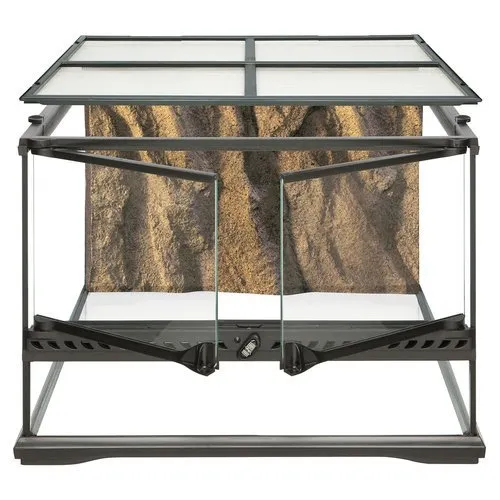
Mold and pests can pose significant health risks to your tarantula, so it’s essential to address any infestations promptly. Mold growth often indicates excessive humidity or poor ventilation. To combat mold, improve ventilation, reduce humidity, and remove any affected substrate. Pests like mites can be introduced through substrate or other decorations. If you notice pests, isolate the tarantula and thoroughly clean the enclosure. Replacing the substrate and sterilizing the enclosure can help eliminate infestations. Always quarantine new items before introducing them into the enclosure. Consult with a veterinarian or experienced tarantula keeper for advice on pest control.
In conclusion, providing the best tarantula enclosure involves careful consideration of various factors, including size, substrate, temperature, and humidity. By following the guidelines outlined in this guide, you can create a safe and enriching environment that will promote your tarantula’s health and well-being. Remember that researching your specific tarantula species is crucial, as requirements can vary. With proper care and attention, you can enjoy the fascinating world of tarantulas for many years to come.
